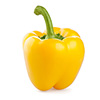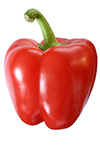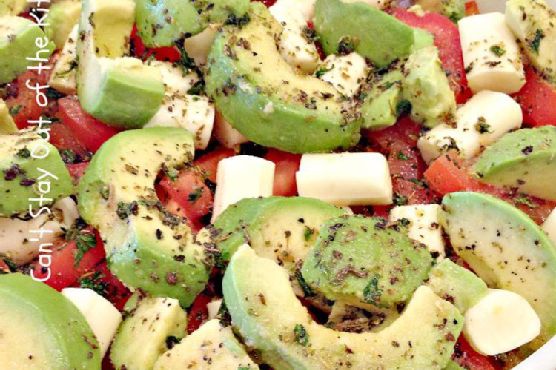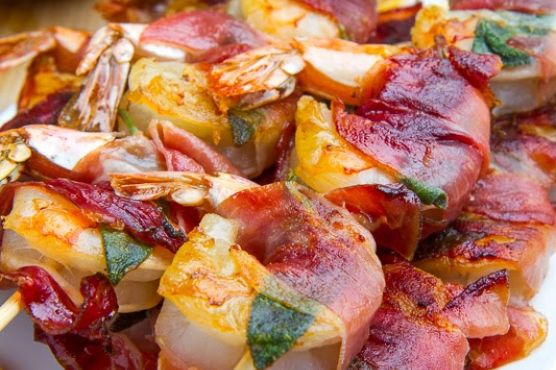Grilled Vegetable Sandwich with Pesto & Garlic Yogurt Dressing
Grilled Vegetable Sandwich with Pesto & Garlic Yogurt Dressing might be just the main course you are searching for. One serving contains 637 calories, 22g of protein, and 15g of fat. This recipe serves 6 and costs $3.34 per serving. This recipe from Nutritious Eats has 89 fans. If you have olive oil, tomato, red bell peppers, and a few other ingredients on hand, you can make it. It is a good option if you're following a lacto ovo vegetarian diet. It can be enjoyed any time, but it is especially good for The Fourth Of July. From preparation to the plate, this recipe takes around 45 minutes. Taking all factors into account, this recipe earns a spoonacular score of 99%, which is super. If you like this recipe, take a look at these similar recipes: Grilled Steak, Vegetable, and Quinoa Salad with Yogurt-Tahini Dressing, Grilled Steak, Vegetable, and Quinoa Salad with Yogurt-Tahini Dressing, and Roasted Vegetable Tabbouleh with Grilled Flat Bread and Yogurt-Tahini Dressing.
Servings: 6
Ingredients:
- 3-4 cups Arugula/spinach mix
4-6 Baguettes
Freshly ground black pepper to taste
2 Tablespoons Dijon mustard
1 small eggplant, sliced lengthwise into ¼-inch slices
Fresh basil, - 3-4 leaves per sandwich
1 clove garlic, minced
3 teaspoons Italian seasoning (or a combination of dried basil, oregano, garlic powder)
1½ teaspoons lemon juice
1-2 Tablespoons olive oil
Prepared pesto (I love the Kirkland brand prepared pesto)
1 cup plain Greek yogurt
2 red bell peppers, cut in half lengthwise, stem and seeds removed
1 red onion, cut into ¼-inch slices
2 Tablespoons minced shallots
A couple shakes of Tabasco
1 large tomato, cut into slices
Yogurt sauce
2 small zucchini, sliced lengthwise into ¼-inch slices
Equipment:
bowl
whisk
broiler pan
ziploc bags
Cooking instruction summary:
Combine yogurt through pepper in a small bowl. Whisk together until combined.Place cut side down on broiler pan coated with cooking spray. Broil for 5-8 minutes or until skin blisters. Transfer peppers to a plastic bag, seal tightly. Let sit for 15 minutes and once cooled, the charred skin should be easy to remove by rubbing. Then cut peppers into thick stripes.Place sliced vegetables in a large bowl or on large tray, Drizzle with olive oil and coat veggies using your hands. Sprinkle with Italian seasoning and red pepper flakes (to taste). Broil 5 minutes per side. Will likely need to do this in two batches.Layer slices of tomato, arugula/spinach, a few basil leaves, roasted bell peppers, eggplant, zucchini, and onion slices. Top with some pesto. Spread a thick layer of the yogurt dressing on the top bun and place it on top of the sandwich. Cut in half and enjoy.
Step by step:
1. Combine yogurt through pepper in a small bowl.
2. Whisk together until combined.
3. Place cut side down on broiler pan coated with cooking spray. Broil for 5-8 minutes or until skin blisters.
4. Transfer peppers to a plastic bag, seal tightly.
5. Let sit for 15 minutes and once cooled, the charred skin should be easy to remove by rubbing. Then cut peppers into thick stripes.
6. Place sliced vegetables in a large bowl or on large tray,
7. Drizzle with olive oil and coat veggies using your hands. Sprinkle with Italian seasoning and red pepper flakes (to taste). Broil 5 minutes per side. Will likely need to do this in two batches.Layer slices of tomato, arugula/spinach, a few basil leaves, roasted bell peppers, eggplant, zucchini, and onion slices. Top with some pesto.
8. Spread a thick layer of the yogurt dressing on the top bun and place it on top of the sandwich.
9. Cut in half and enjoy.
Nutrition Information:
covered percent of daily need















